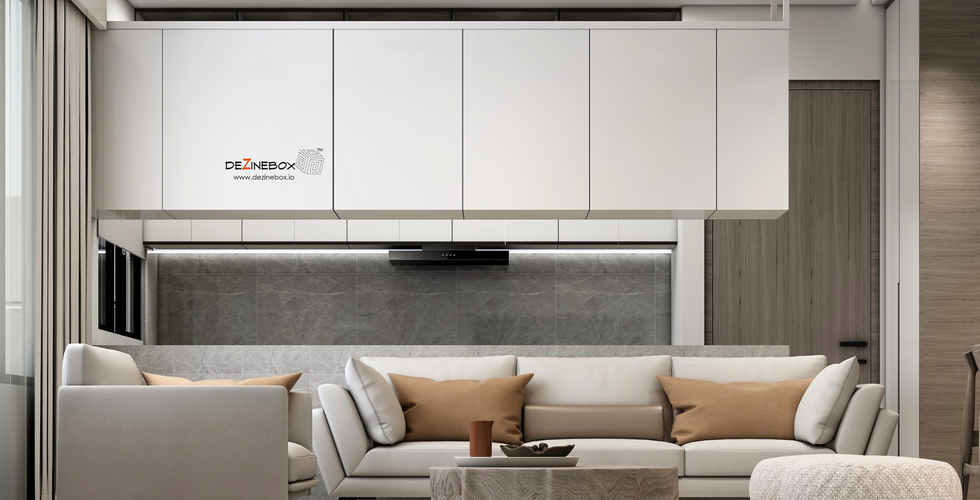
The colour scheme of your living room plays a crucial role in setting the tone and atmosphere of the space. Whether you prefer a soothing and tranquil environment or a vibrant and energetic one, choosing the right colours is key.
In this blog post, we will guide you through the process of selecting the perfect colour scheme for your living room. Get ready to transform your space into a harmonious and inviting haven that reflects your personal style.

Section 1: Understanding Colour Psychology
Colour psychology can significantly impact the mood and ambience of a room. Consider the following:
1. Warm vs. Cool Tones: Warm tones like red, orange, and yellow create a cosy and inviting atmosphere, while cool tones like blue, green, and purple evoke calmness and serenity.
2. Bright vs. Muted Colors: Bright and vibrant colours energize a space, while muted or pastel shades offer a more subtle and relaxed feel.
3. Complementary vs. Contrasting Colors: Complementary colours (opposite on the color wheel) create a harmonious look while contrasting colours (placed next to each other) add visual interest and drama.
Section 2: Determining the Mood
Consider the mood you want to evoke in your living room and choose colours accordingly:
Relaxing and Serene: Opt for soft neutrals, cool blues, or pale greens to create a tranquil and soothing environment, perfect for unwinding and relaxation.
Vibrant and Energetic: Choose bold and vibrant colours like reds, oranges, or yellows to infuse your living room with energy and liveliness, ideal for social gatherings.
Timeless and Elegant: Neutral shades like greys, creams, or beiges create a timeless and sophisticated look, allowing you to easily switch up decor without changing the entire colour scheme.
Did you know?
Living Rooms were originally known as "parlors" or "sitting rooms" in the 18th and 19th centuries. During this time, they were considered more formal spaces used for entertaining guests, holding social gatherings, and engaging in polite conversation.

Section 3: Harmonizing with Existing Elements
Consider the existing elements in your living room and ensure your colour scheme harmonizes with them:
Flooring and Furniture: Take into account the colours and patterns of your flooring and furniture. Choose colours that complement or contrast with these elements.
Architectural Features: Pay attention to architectural details such as trim, mouldings, or fireplace surrounds. Select colours that enhance and accentuate these features.
Personal Style: Your colour scheme should reflect your personal style and preferences. Consider your favourite colours and how they can be incorporated into the overall design.
Section 4: Testing and Balancing the Palette
Before finalizing your colour scheme, test and balance the colours to ensure harmony:
Paint Samples: Get paint samples and apply them to your walls to see how they look under different lighting conditions. Observe how the colours make you feel throughout the day.
Balance of Colors: Aim for a balanced palette by incorporating a mix of light, medium, and dark shades. Consider the 60-30-10 rule, where 60% is the dominant colour, 30% is the secondary colour, and 10% is an accent colour.
Texture and Patterns: Introduce texture and patterns through upholstery, curtains, or decorative accessories to add depth and visual interest to the room.
Conclusion:
Choosing the right colour scheme for your living room is a transformative process that can enhance the overall ambience and reflect your personal style. In conclusion, choosing the right color scheme for your living room is a crucial step in creating a space that is visually appealing, comfortable, and reflects your personal style. By considering a few key factors, you can make an informed decision that will transform your living room into a space you'll love spending time in.
Dezinebox is India's tech-driven design startup that provides online interior & architecture design across the globe. We design with you & for you & help you save time & money.
Whatsapp us at - +91-965362 3434 or email us at hello@dezinebox.io.





Comentários